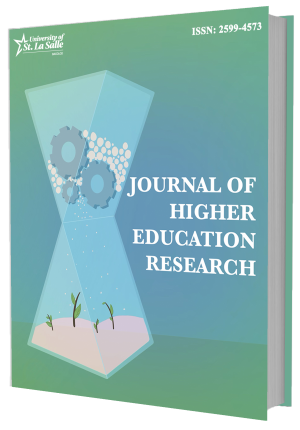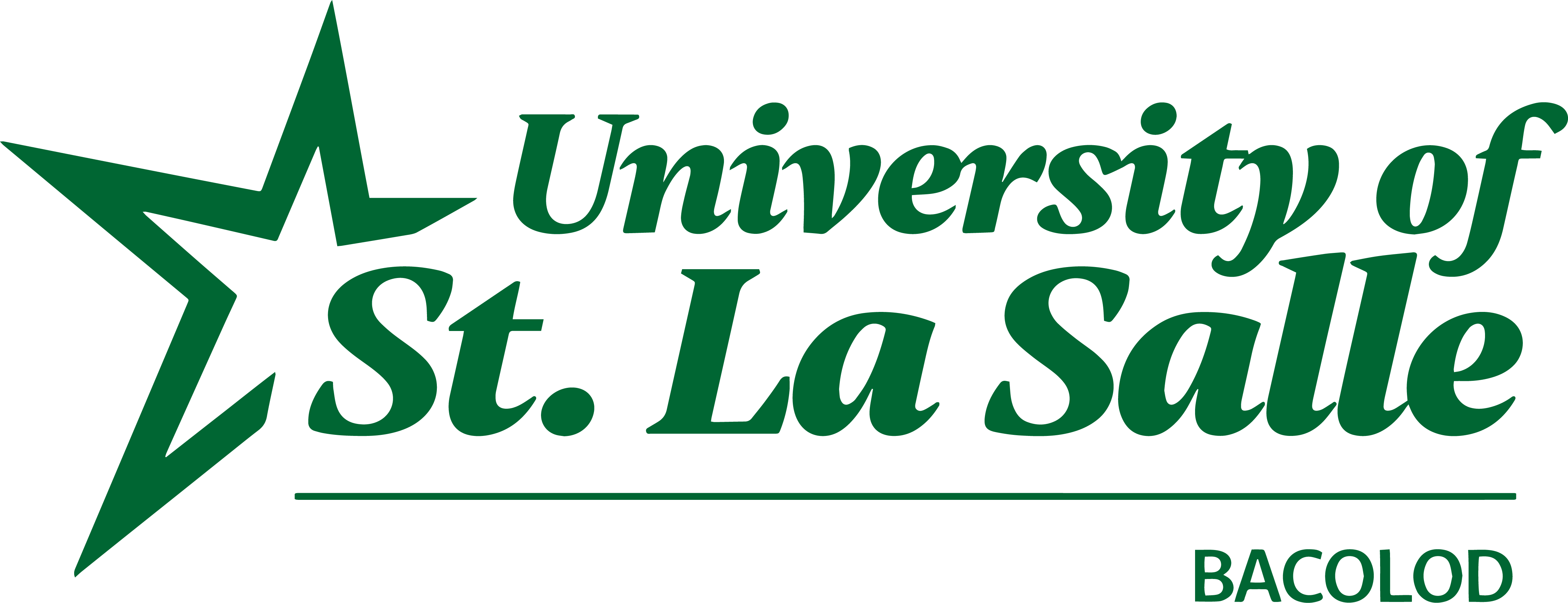Purchase Behavior of Real Estate Buyers
https://doi.org/10.70228/JHER2024018
Cite this article Read this article
ABSTRACT
The study determined real estate buyers' preferences in terms of house type, pricing, lot size, location, payment, and financing mode. A descriptive-correlational design was used to describe the socio-economic profile, preferences, and determinants of preferred financing of the 400 real estate buyers. Results revealed that the real estate buyers preferred a single-story house, at a unit price of Php580,000 to Php1,700,000.00, with lot size of 60 to 100 sqm, at a medium-density residential zone, Pag-IBIG financing, and payment at Bayad Centers. Binary logistic regression analysis was used to determine the determinants of Home Mutual Development Fund (Pag-IBIG) financing. The findings implied a statistically significant association between the response variables on farm lot (p-value=.019), place of residence (p-value=.004), and financial sum (p-value=.001). It is recommended that an appropriate marketing strategy for Real Estate Developers and HDMF be crafted and implemented to address the need for and increase the number of real estate buyers.
Keywords: Home Development Mutual Fund (Pag-IBIG), purchase decisions, binary logistic regression, Iloilo, Negros Occidental

Volume 9, June, 2021 EDITION
Published 2021
Editor's Note
It is with great pride that we present this latest collection of scholarly contributions in Volume 9 of the Journal for Higher Education Research, highlighting the diverse research endeavors undertaken by our esteemed authors. Each study featured in this volume emphasizes the commitment to academic excellence and practical impact, addressing challenges and uncovering insights relevant to a wide range of disciplines in higher education research. Macoy and Quezon delve into real estate buyers' preferences and financing determinants, offering valuable implications for developers and policymakers in Iloilo and Negros Occidental. Peña and Tedoco explore the opportunities and challenges faced by small enterprise bakery operators, providing practical recommendations for sustainability and growth within this vital sector. Dura's linguistic landscape analysis uncovers the cultural and ideological dynamics within a public high school in Bacolod City, emphasizing the importance of multilingualism in educational environments. Similarly, Quezon addresses the crucial topic of anxiety among young adults, shedding light on barriers to help-seeking and the innovative coping strategies developed in the absence of professional intervention. The work of Gabarra and Lastimoza showcases the effectiveness of graphic-[1]based supplementary reading materials in enhancing literature instruction, bridging traditional texts with modern, interactive tools. Pillo and her team present a sustainable ecotourism plan for Bago City and Pulupandan, highlighting the critical interplay between community involvement and ecological stewardship. The study by Tirado and colleagues establishes a strong link between online engagement and academic performance, emphasizing psychological engagement as a key mediator in mathematics education. Ochavo evaluates a school-[1]administered youth facility for children in conflict with the law, offering insights into its transformative impact and areas for improvement. Finally, Capay and her co-authors examine the implementation of the carousel delivery system in modular learning, underscoring its benefits while advocating for enhancements to further improve student experiences. This issue serves as a testament to the boundless dedication and ingenuity of our authors. We would like to thank our editors and reviewers for meticulously working on these significant research works. We hope these studies inspire further academic pursuits and practical applications that benefit our communities. Sincerely, JOVAL N. MARTINEZ Editor-in-Chief


